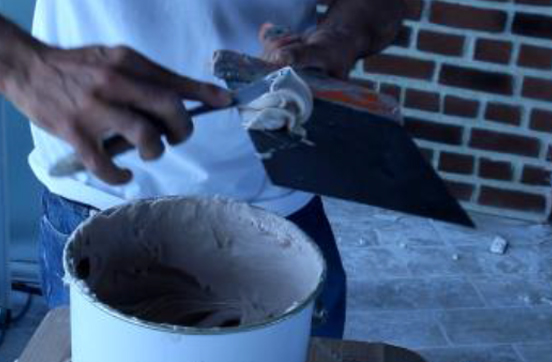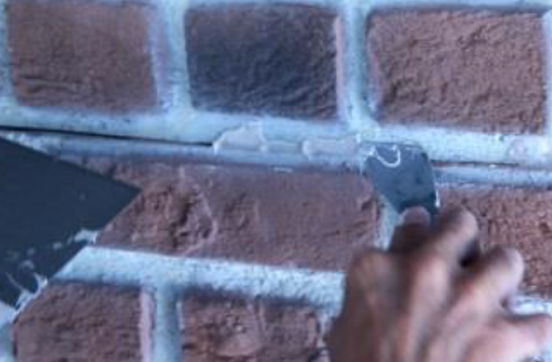Step 1: Measuring Area

Measure the area where the installation will be made. Calculate how full panels can be positioned to most economically to cover area. Then, calculate how many cut panels will be needed to complete area.
Step 2: Preparing Panels

To avoid bending, wall panels should be stored in a horizontal position (standing up or lying down). Ensuring you have sufficent panels prior to starting the installation. Cut panels on a flat surface using an angle grinder.
Step 3: Fixing

Fix the panels using screws with incorporated plugs. Starting from the top, place panels in position one at a time and drill holes through the panel into structure behind. Where possible, always screw through the joints, not the panel design. Screws should be at a maximum of every 600mm (approx 15 screws per panel). Use 32mm/8 incorporated plugs, 5*50 YHB screw. Leave up to a 3-6 mm space between panels.
Step 4: Mastic Preparation

Mix the mastic with catalyzer. Once all panels have been screwed into place the next step is to seal the screw heads and spaces between each panel. This is completed using KosseStone mastic. You will require approx 750gr mastic per installed panel.
Step 5: Covering Joints with Spatula

Use spatula to cover the joints and hide the screw heads with mastic mixture. Using mastic cover screws and fill the 5-10mm spaces between panels. The mastic will harden to from a strong seal between each panel. Also apply to hide the screw heads and where any panel rebuilding or repair is required.
Step 6: Correcting Joints with Brush

Texture the mastic with slight touches, Use a paintbrush, that must be cleaned to remove the excess of mastic. Texture the mastic to ensure a consistent design and relief between panels. This is a critical part of the installation process because joints between panels should not be visible. Regularly remove excess mastic and clean the brush continuously with acetone.
Step 7: Painting Joints

When the Mastic is dried, paint with the specified KosseStone paints, Paint he bricks and joints with the proper colours, according to each panel. With the aim of integrating the colours perfectly, paint the mastic to ensure a consistent colour and shade between panels. You will require approx 400 gr paint per installed panel. Apply paint using a spray gun or paint brushes.